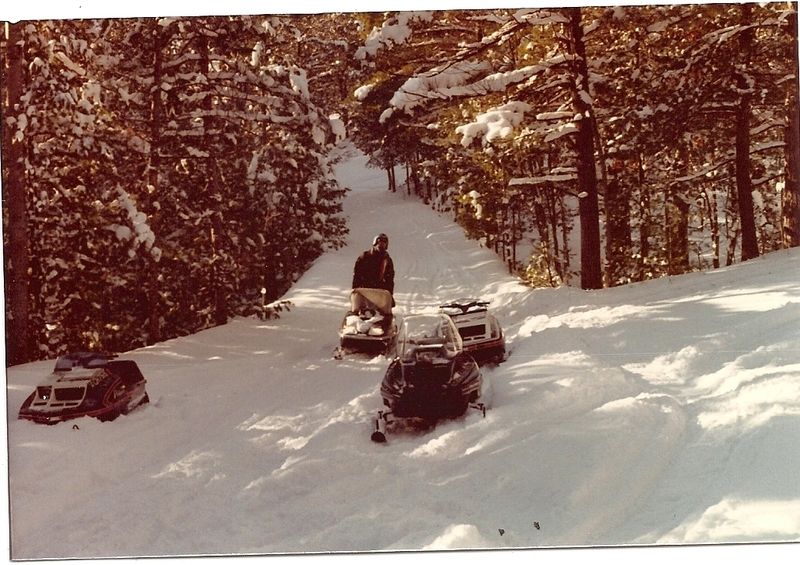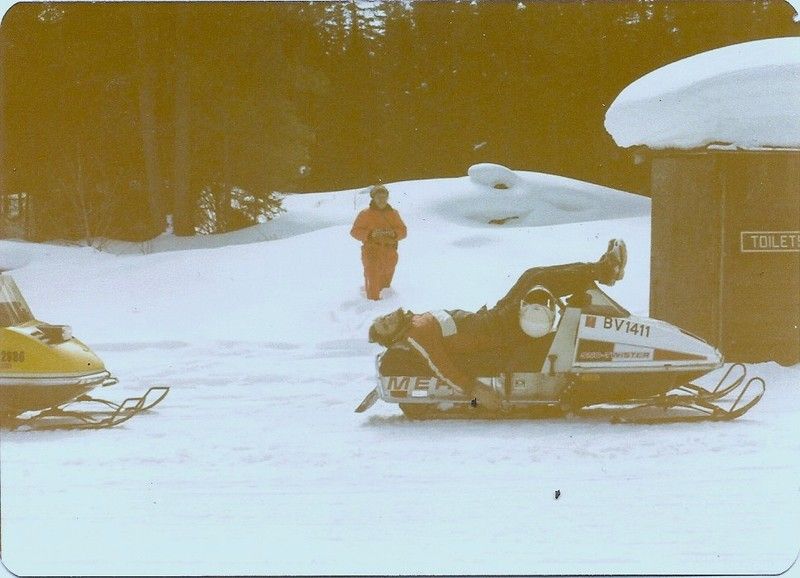NSMaple1
Addicted to ArboristSite
With the exception of my 3200w generator, all of my splash-lubed, air-cooled, 4-cycle engines have variable throttle settings. I set them to the RPMs that match the load I am putting on them, and also take into account how fast I am wanting to or able to work. I run my splitter at full throttle to match the wood it's splitting, not how fast I can go - even at half throttle, it's usually waiting for me, rather than the other way around. Never any engine issues. Even on the many B&S powered 2" water pumps we've had over the years - run the trottle up some filling, less than half emptying. They have pumped millions of gallons over the years
Should bring this up at the go-cart rental track sometime. That would be fun watching the first-timers through the turns...
Should bring this up at the go-cart rental track sometime. That would be fun watching the first-timers through the turns...


























































